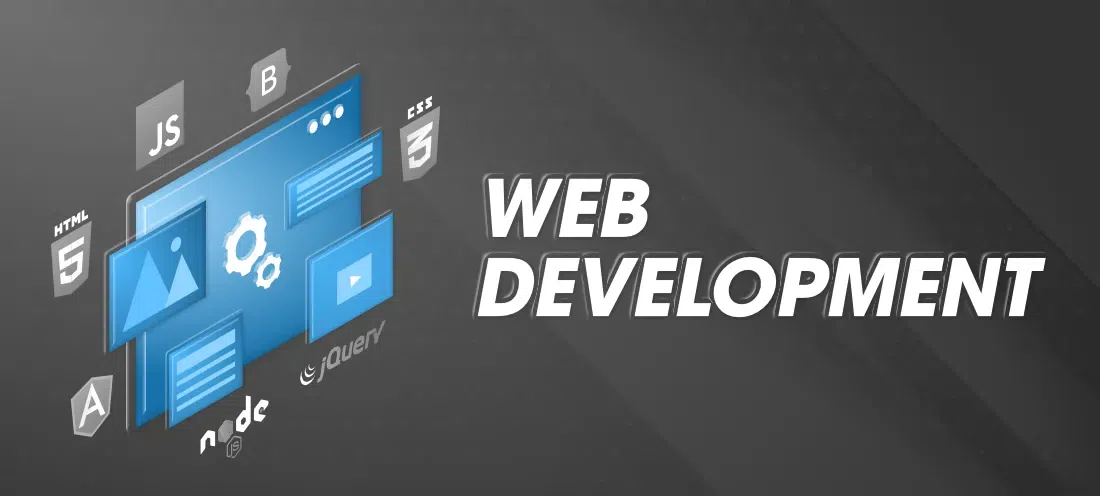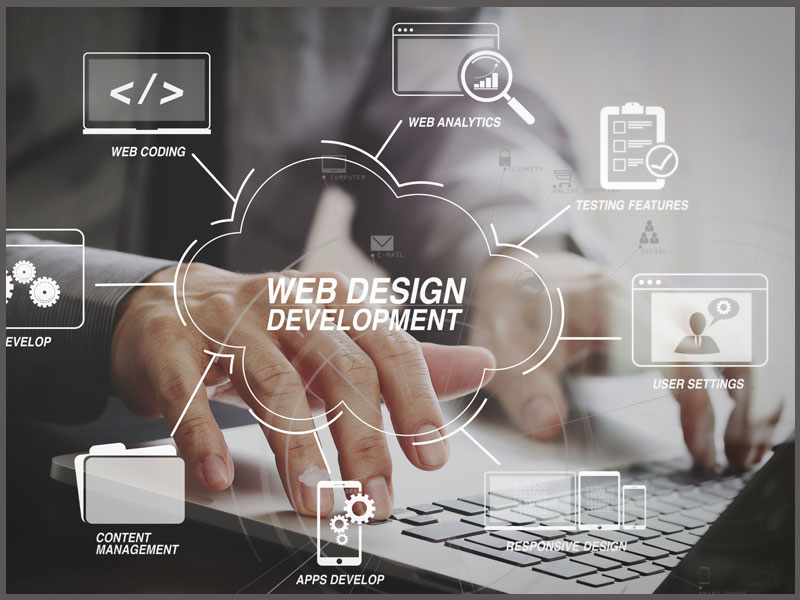The Most Effective Kinds Of Web Layout to Improve Customer Experience and Engagement
In the ever-evolving landscape of digital interaction, the effectiveness of Web design considerably influences customer experience and involvement. Numerous style techniques, such as minimalist, receptive, and interactive formats, each deal one-of-a-kind advantages that can cater to varied customer demands.
Minimal Web Style
As digital landscapes become increasingly cluttered, minimalist website design has actually emerged as an effective strategy to boosting individual experience. This layout ideology focuses on simplicity, concentrating on important elements while eliminating unneeded interruptions. By utilizing ample white space, uncomplicated navigating, and a restricted color scheme, minimal style fosters clarity and routes customer interest to key material.
The core principle of minimalist Web style is to create a seamless communication for individuals. By decreasing cognitive load, individuals can swiftly grasp details without really feeling overwhelmed. This straight approach not just improves use however also encourages involvement, as visitors are most likely to discover a site that is simple and visually attractive to navigate.
Furthermore, minimal layout often highlights typography and images, utilizing these elements tactically to communicate messages properly. In essence, minimalist Web layout is not just a trend; it is a thoughtful approach that identifies the importance of user-centered design.
Receptive Web Design
In today's varied electronic atmosphere, responsive Web style has actually become vital for producing a seamless individual experience across a plethora of devices. As users access websites on smart devices, desktops, tablet computers, and laptops, the capability of a website to adjust its design and material to various display dimensions and resolutions is important.
Receptive Web design employs versatile grids, images, and CSS media queries to make sure that Web content is offered ideally, no matter the tool used. This technique not just improves the visual appeal of a web site yet likewise significantly improves use. Individuals are more likely to engage with a website that uses a consistent experience, as it gets rid of the irritation of having to focus or scroll exceedingly.
By adopting responsive layout, companies can enhance their visibility and get to a broader audience. In recap, receptive Web design is a basic technique that improves customer experience, engagement, and general contentment.
Interactive Website Design
Responsive Web layout prepares for improving user experience, however interactive website design takes this a step even more by involving individuals in an extra dynamic means - Aligned Position Web Design. By including elements such as animations, clickable prototypes, and real-time feedback, interactive Web design captivates individuals, drawing them right into a richer surfing experience
This technique not only promotes interaction yet additionally urges customers to check out material actively rather than passively eating it. Techniques such as gamification, where individuals make rewards for completing jobs, can considerably boost the time spent on a site and boost overall satisfaction. Additionally, interactive attributes can simplify complicated info, making it more digestible and pleasurable.

Including interactive design aspects can additionally lead to higher conversion prices, as users are much more most likely to involve with a site that actively includes them. Aligned Position Web Design. Inevitably, interactive Web style changes customer experiences into unforgettable trips, ensuring that visitors return time and a fantastic read once more
Apartment Layout
Identified by its minimalistic approach, flat style highlights simplicity and functionality, removing unnecessary aspects and concentrating on crucial attributes. This layout ideology focuses on use, making sure that individuals can browse interfaces easily and effectiveness. By utilizing a clean aesthetic, flat style gets rid of the clutter typically discovered in more ornate styles, thereby boosting customer concentrate on material and capability.
The characteristic of level style depends on its use of vibrant shades, easy typography, and geometric forms. These aspects contribute to a visually enticing interface that is both approachable and modern. Furthermore, level layout promotes a sense of quality, enabling individuals to discern essential activities and info without interruption.
Furthermore, level layout is specifically effective in receptive Web design, as its simpleness translates well across numerous gadgets and display sizes. The lack of complex textures and slopes minimizes filling times, which is vital for maintaining customer engagement. As electronic landscapes remain to evolve, flat layout stays a pertinent choice for developing easy to use sites that boost overall experience. By concentrating on important attributes, flat style not only satisfies customer needs however also motivates smooth interaction, making it an essential component of efficient website design techniques.
Flexible Website Design
Flexible Web layout tailors the customer experience by creating multiple repaired layouts tailored to different screen sizes and devices. Unlike responsive layout, which fluidly readjusts a solitary format, flexible style utilizes distinctive designs for certain breakpoints, making certain optimum discussion on numerous platforms. This technique enables designers to focus on the distinct qualities of each device, enhancing use by delivering specifically what customers require based on their context.
One of the key benefits of flexible website design is its capacity to have a peek at this site maximize tons times and performance. By offering customized web content and pictures that fit the user's device, internet sites can decrease information usage and improve loading rates. This is especially useful for individuals with slower connections or minimal data plans.

Furthermore, flexible design assists in an extra constant and controlled branding experience. Considering that designers develop several formats, they can ensure that the visual hop over to here aspects straighten with the brand's identity across various systems - Aligned Position Web Design. This causes a natural individual experience, improving interaction and promoting customer retention
Final Thought
Minimalist design fosters quality and emphasis, while receptive layout makes certain flexibility across various devices, advertising ease of access. Collectively, these design comes close to contribute to the creation of straightforward settings that not only improve complete satisfaction but additionally drive greater conversion prices, highlighting their vital importance in contemporary Web layout techniques.

Minimalist style promotes clearness and focus, while responsive design ensures adaptability across various devices, promoting accessibility. Collectively, these style approaches contribute to the development of straightforward settings that not just boost contentment yet likewise drive higher conversion rates, highlighting their vital value in contemporary Web layout strategies.
Comments on “Aligned Position Web Design: Building Responsive, Mobile-Friendly Websites for Modern Users”